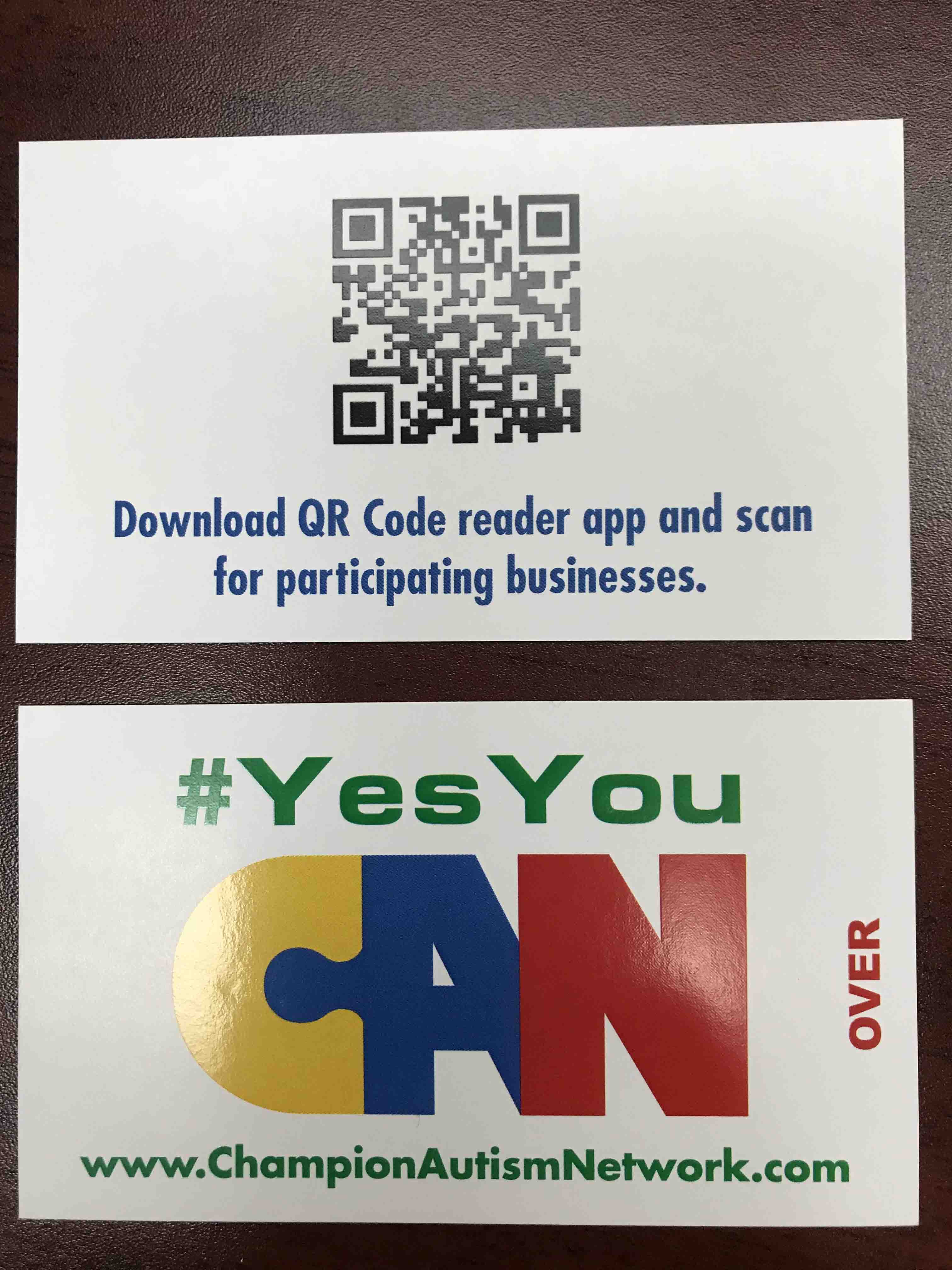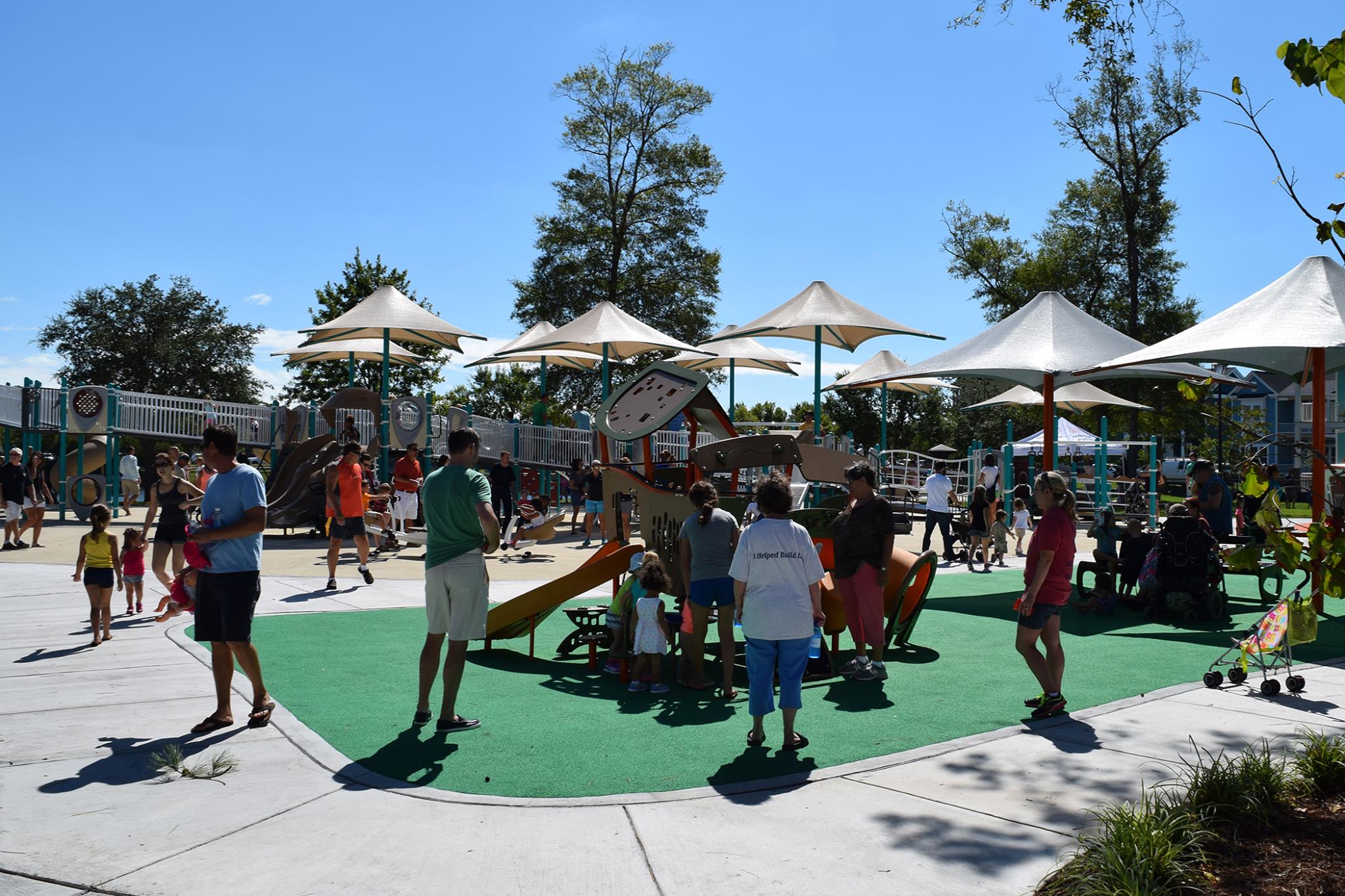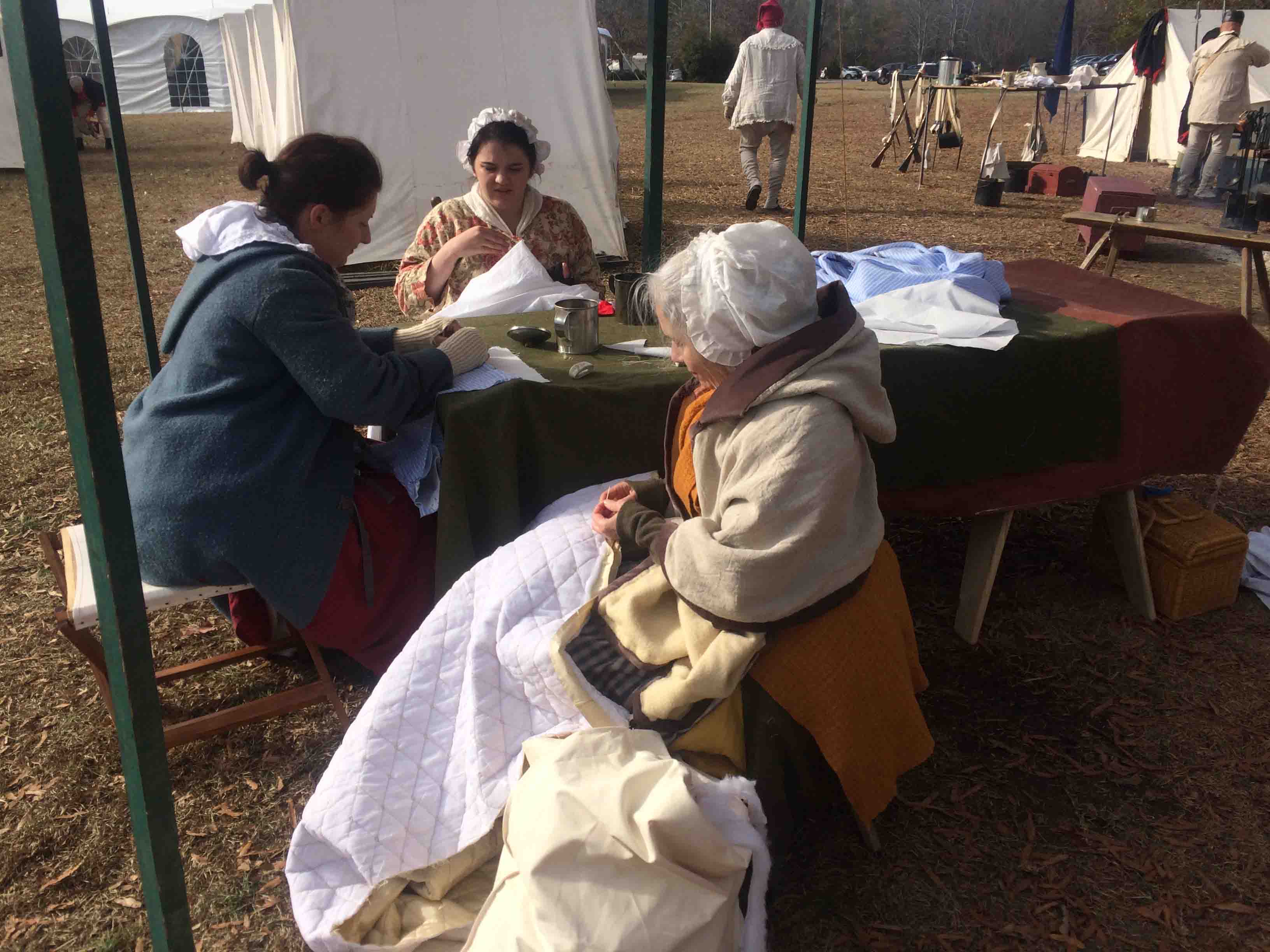Theme parks, stadiums and performing arts venues make great tourist attractions, but they're not the only sites that draw visitors and send ripple effects to local businesses.
An eye for what's possible and a strategic approach can help make the most of a city or town's unique assets — from natural features to historical sites to amenities-based appeal to culinary tourism.
Inclusivity draws families
Families with children on the autism spectrum have particularly good reasons to vacation in the Town of Surfside Beach — and to return year after year.

Families may produce the Champion Autism Network's CAN Cards at restaurants and other establishments in the Town of Surfside Beach to be recognized for special care. Photo: CAN.
The Town of Surfside Beach is an autism-friendly tourism destination, thanks to one resident's initiative, the Champion Autism Network. Families can produce the CAN card at establishments, which participating businesses and other establishments will recognize, alerting employees to the presence of a family with a member who has autism. CAN provides training on autism-friendly operations to employees of participating organizations and businesses.
"The CAN card was a really easy way for our families to identify themselves in a graceful way without a big scarlet letter A, like 'here we come with autism,'" said Becky Large, executive director of CAN.
Establishments that recognize the card sometimes offer a discount or special care, such as allowing a family with a child who has autism to move to the front of the line if there is a significant wait.
The organization also trains churches and businesses on operational considerations, puts out public service announcements and holds sensory-friendly events, such as movies.
"Having a niche tourism initiative is great for any community," said Large. Families with children who have autism are especially loyal to a place, she added.
Because those on the spectrum crave familiar surroundings, if a family visits a particular hotel suite and has a good experience, Large said, they are very likely to return to that exact same hotel suite the following year.
"And they're going to go home and tell their friends," she said.
CAN has 350 local families in its database and nearly 450 tourism families who travel to Surfside Beach.
"The town is really supportive. We're training their lifeguards and the police, and we already trained some police and fire department last year," she said, adding that it is especially important to work with public safety officials due to the possibility a child with autism could run away.
"Our police here in Surfside Beach need to know how to approach them," Large said.
The City of Myrtle Beach, meanwhile, won an Achievement Award this year for Savannah's Playground Enabling Park, which offers a variety of equipment that complies with the Americans with Disabilities Act. The park features a zip line, specially designed swings, rubber surfaces to soften falls, an extended wheelchair ramp that stops at stations, a cooling mist feature during the summer and a mile-long wheelchair path that goes around the lake.

Savannah's Playground in Myrtle Beach draws families and
children of all abilities to enjoy the unique amenities.
Online reviews of the playground come from as far away as Canada indicating they came specifically to visit the playground. In doing so, those families have also patronized restaurants, shops and recreational activities nearby.
Surrounded by history
In the City of Gaffney, municipal officials knew they had a unique tourism opportunity. Visitors would journey to the area to research their ancestors who fought in the American Revolution. After all, the city is nestled among national treasures that include three national parks about the Revolutionary War — Kings Mountain National Military Park, Cowpens National Battlefield and the Overmountain Victory National Historic Trail.

The Cowpens National Battlefield attracts history buffs, visitors researching their
ancestors and Revolutionary War re-enactors, such as these women in period attire.
But the city was only attracting about 500 tourists annually. So, city employees decided to study visitor habits, said LeighAnn Snuggs, director of the city's marketing and tourism department.
"We spent those first few years asking, 'How did you hear about us?'" she said. "And now we specifically target them." Their efforts paid off. Three years later, the city welcomed 10,000 tourists.
While the Gaffney peach water tower became a favorite among "House of Cards" fans, Snuggs said the Peachoid is not as central to the city's tourism as the national parks and the historic gems of downtown Gaffney.
"We love the peach, but it really isn't our No. 1," she said.
When the 2011 federal government shutdown caused the parks to close, the City of Gaffney hosted a celebration of the Battle of Kings Mountain in historic Capri Theatre in the city's downtown.
Although the parks soon reopened, a partnership between the National Park Service and city officials established Gaffney as a historic tourism destination drawing curious visitors researching their genealogy.
"There was no partnership with the NPS before that time," said Snuggs. "We promoted that we had national parks, but there was in no way the relationships that we have had since."
The city also leveraged the scenic beauty of its surroundings. It used accommodations tax revenue to produce an advertising-free pamphlet with information about S.C. Highway 11, called the Cherokee Foothills National Scenic Highway Travel Guide. The project won a state tourism award and has been the second-most popular item in welcome centers, said Snuggs.
"The No. 1 draw for tourists is not going to be 'What is everyone else doing?'" said Snuggs. "It's 'what's unique to you? What can you do that others can't do?'"
There's more ahead.
"We're working on a project now, called "Centuries of History, a Walking Tour," said Snuggs.
"We are celebrating our Main Street downtown as the Revolutionary War Trail from 1780. We have 18th, 19th and 20th centuries to celebrate, so we are putting up information about the street names and why the streets were named what they were."
The efforts of South Carolina's cities and towns have caught the attention of the state's top tourism official. Cities in South Carolina are a key reason why tourism is a $21.2 billion industry, said Duane Parrish, director of the SC Department of Parks, Recreation and Tourism.
"Our city destinations have done an incredible job identifying authentic attractions they can offer to visitors," he said. "They work well with regional and state marketing organizations to promote their best attributes to the nation and the world."
